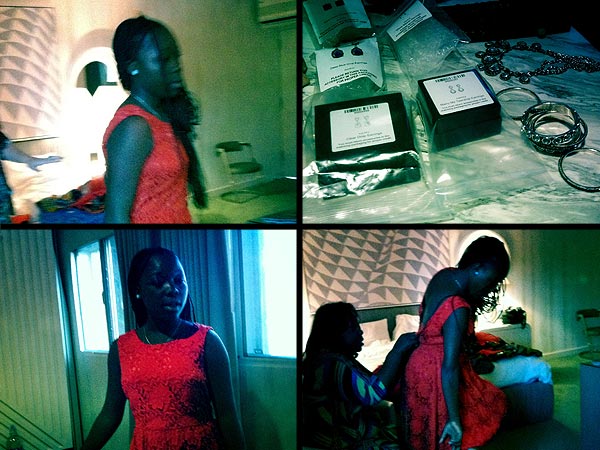JERUSALEM — The Israeli Health Ministry said Sunday night that preliminary autopsy findings could not determine the cause of death of a 30-year-old Palestinian prisoner, which Israeli officials had at first attributed to a heart attack. But Palestinian officials said the lack of heart damage coupled with bruising on the man’s chest, back and neck suggested that he was tortured during interrogation.
“The signs that appeared during the autopsy show clearly that he was subjected to severe torture that led immediately to his death,” Issa Qaraka, the Palestinian minister of prisoner affairs, said at an evening news conference in Ramallah, after being briefed by a Palestinian pathologist who attended the autopsy of the prisoner, Arafat Jaradat, who died Saturday.
“I hold Israel fully responsible for killing Arafat Jaradat,” added Mr. Qaraka, who earlier on Sunday called for an international investigation into the death. “The Israeli story was forged and full of lies.”
The 4,500 Palestinians in Israeli jails refused meals on Sunday to protest Mr. Jaradat’s death, and hundreds of Palestinians demonstrated in several cities and villages in the West Bank and Gaza Strip.
After days of such demonstrations, which have included violent clashes between Palestinians and Israeli soldiers and settlers, Prime Minister Benjamin Netanyahu’s special envoy, Isaac Molho, sent a message to the Palestinian leadership on Sunday that Israeli officials described as an “unequivocal demand to restore quiet.” Israel also transferred to the Palestinian Authority $100 million in tax revenue it had been withholding.
But a senior Israeli official said the government would not accede to Palestinian requests to release four prisoners who have been on a long-term hunger strike or 123 people who have been detained since before the signing of the Oslo Accords in 1993. “Some of these people are accused of very heinous crimes,” the official said, speaking on the condition of anonymity because he was not authorized to discuss the matter with the news media. “They’re saying that every Palestinian hunger striker should have a get-out-of-jail-free card. You can’t have a system like that. It’s not sustainable.”
After weeks of intensifying protests in solidarity with the hunger strikers, attention turned Sunday to Mr. Jaradat, who relatives said worked at a gas station, was the father of a 4-year-old girl and a 2-year-old boy, and came from a family in which all the men had spent time in Israeli jails. He was arrested last Monday over throwing stones at Israeli cars near a West Bank settlement during November’s conflict between Israel and the Gaza Strip.
Palestinian officials said that Mr. Jaradat admitted the stone-throwing but denied heaving fire bombs. He also confessed to tossing rocks in a 2006 protest, they said. His detention was extended 12 days at a hearing on Thursday, during which his lawyer said that Mr. Jaradat complained of severe pain in his back and neck that he attributed to his interrogation.
“When he was under interrogation, the interrogator told him, ‘Say goodbye to your kids,’ ” Mr. Jaradat’s uncle, Musa, said at a news conference on Sunday morning.
Mr. Qaraka, the prisoner affairs minister, said Sunday night that the autopsy showed “severe” bruising in multiple areas: the right side of the chest, the upper right part of the back, upper left shoulder and along the spine near the bottom of the neck. The pathologist reported no blood clotting or sign of heart damage, he added, but did see two broken ribs, an injury inside the lower lip and blood around the nostrils.
The Palestinian prime minister, Salam Fayyad, issued a statement expressing “deep sorrow and shock” over Mr. Jaradat’s death, saying there was a “need to promptly disclose the true reasons that led to his martyrdom.”
Few issues resonate more deeply in Palestinian society than the plight of prisoners: about 800,000 have been detained in Israeli jails since 1967, according to Palestinian leaders; Mr. Jaradat was the 203rd to die in that time.
Several leaders and commentators warned Sunday that the death, coming amid a severe financial crisis in the West Bank, could lead to extended protests, with most predicting a largely nonviolent movement of civil disobedience like the one Palestinians undertook from 1987 to 1993 rather than the campaign of suicide bombings that began in 2000.
“I know these guys and I see the signs,” Binyamin Ben-Eliezer, a left-leaning member of Israel’s Parliament and a former defense minister, said on Israel Radio.
Alex Fishman, a columnist, wrote on Sunday in the newspaper Yediot Aharanot, “The highway leading to an intifada is wide open,” adding that Mr. Jaradat’s death “is liable to become the opening shot.”
Ghassan Khatib, a Palestinian analyst, pointed out that in addition to mounting outrage over the treatment of prisoners and violence by Israeli settlers, the Palestinian Authority’s failure to issue paychecks on time had prompted teachers to call a strike starting Tuesday; health care workers are already in the middle of a two-week walkout.
Nabil A. Shaath, the Palestinian commissioner for international relations, said in an interview that the West Bank leadership was “doing our best to keep calm” and that “violent confrontation absolutely is not our plan.”
“I don’t know how much people can be contained,” Mr. Shaath said of the Jaradat case. “I don’t think anybody is planning an intifada. The question is how much accidents, incidents like this might lead to an anger that can explode.”













